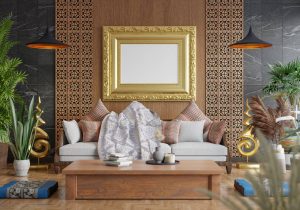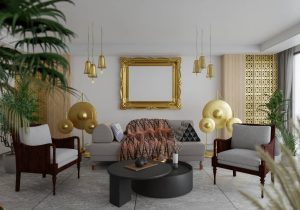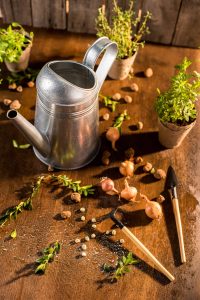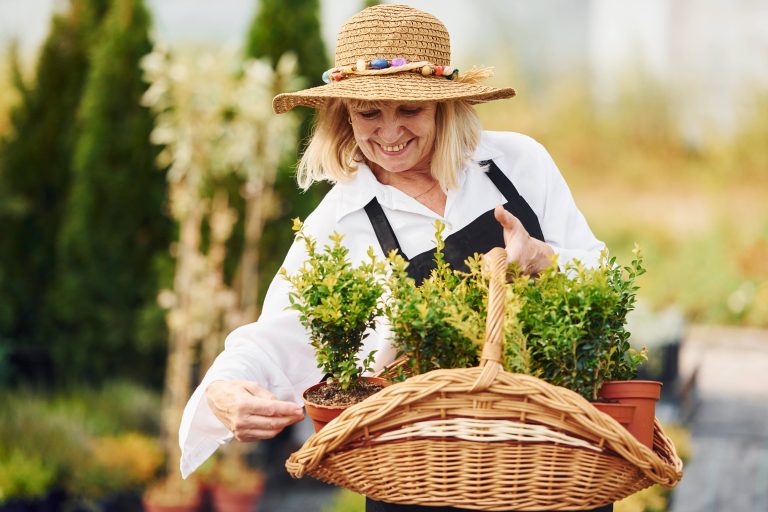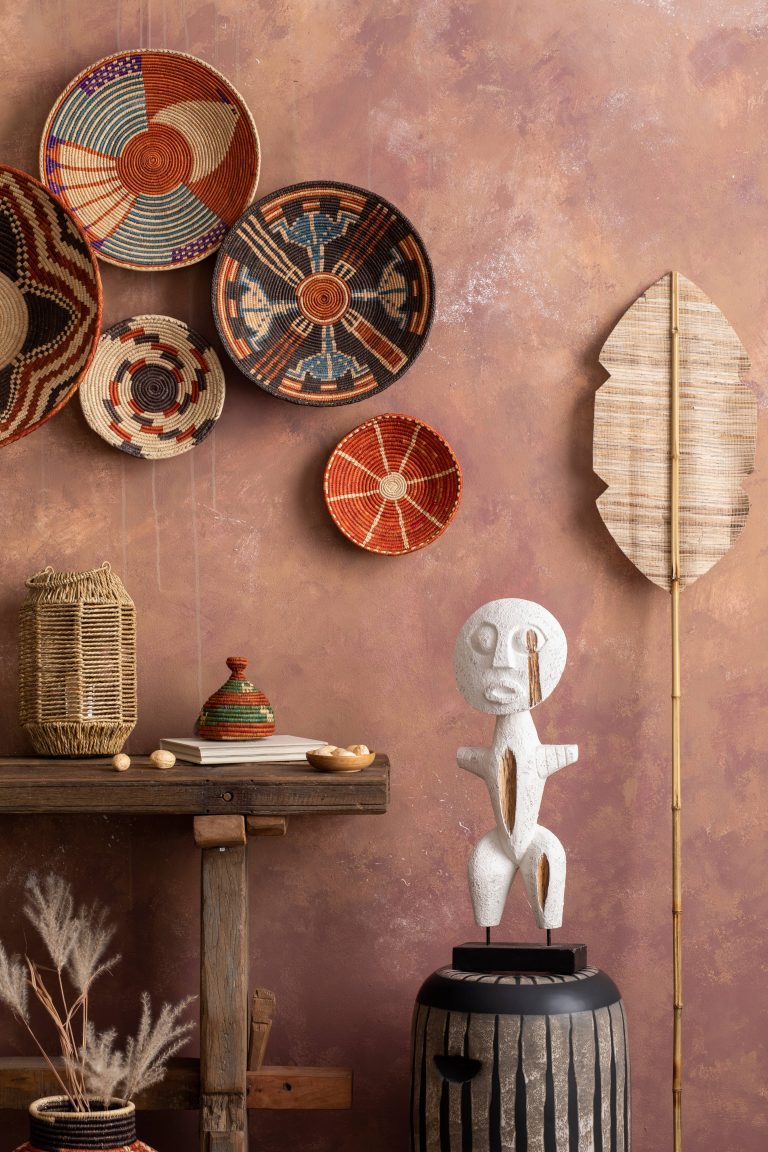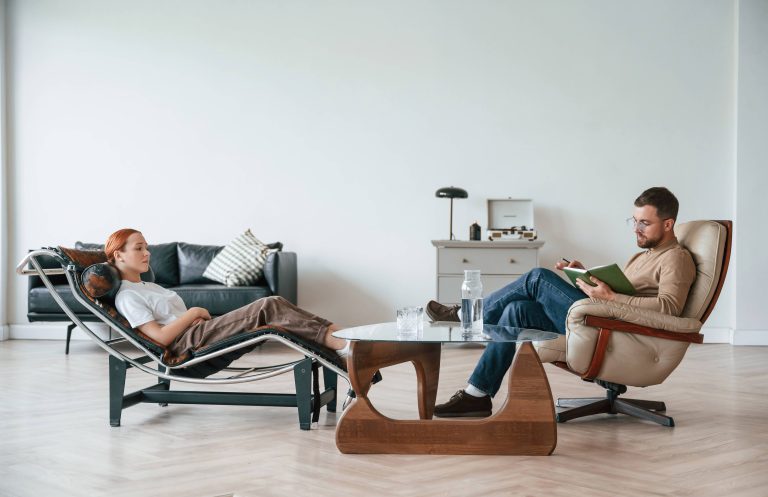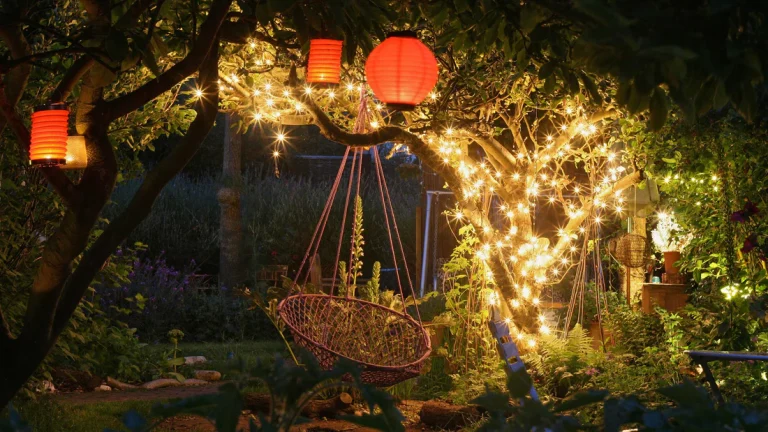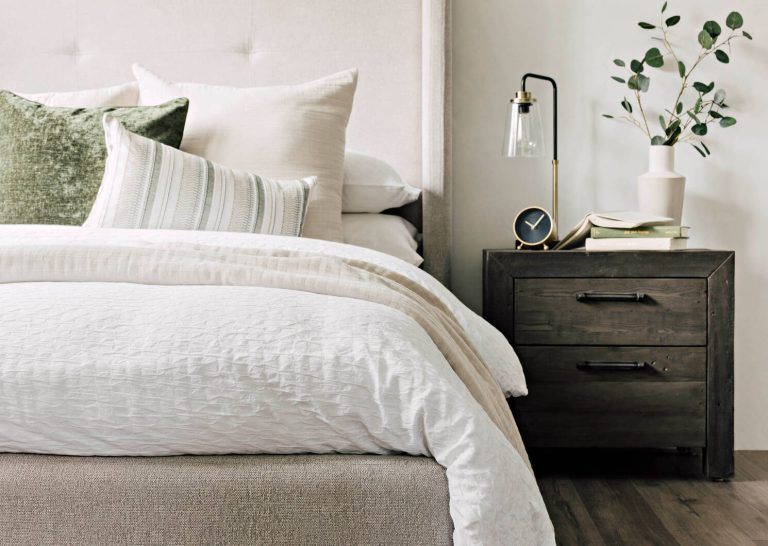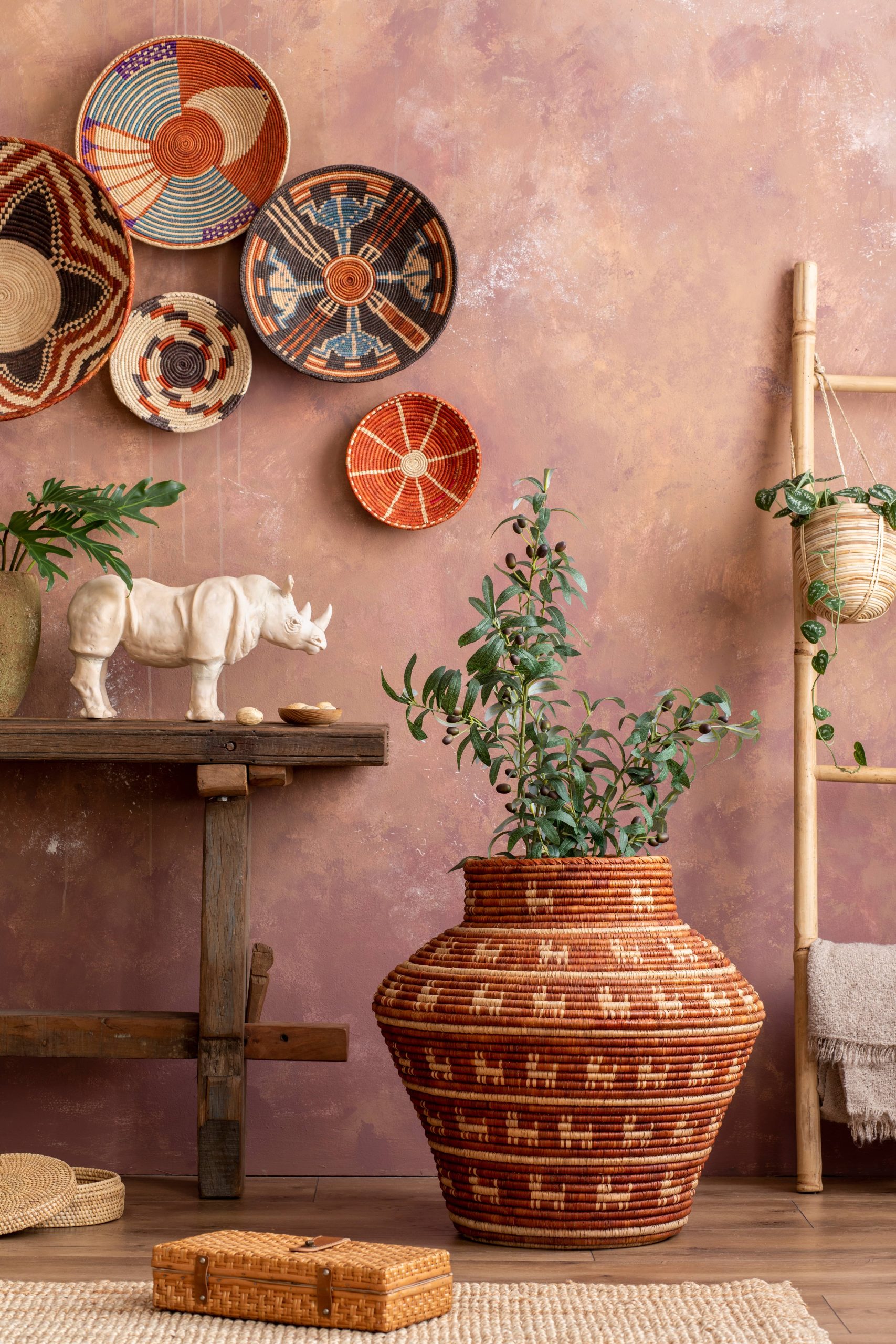
Bookshelves serve as a fundamental piece of furniture in many homes, offering both function and aesthetics. They are not just storage solutions for books; when styled creatively, bookshelves can become a captivating focal point in a living room, study, or any space. Whether you’re an avid reader or simply enjoy the look of artfully arranged books and decorative items, styling your bookshelf with intent can elevate the overall interior design of your home. Here’s how you can style your bookshelves for maximum visual appeal.
Start with a Blank Canvas
Before diving into styling, clear off your shelves and dust them thoroughly. Emptying each shelf gives you a fresh perspective and helps in envisioning the possibilities without the distraction of clutter. This process also allows you to assess the sizes and shapes of the books and decorative items you intend to place back on the shelves.
Group Your Books
Books are undoubtedly the heart of any bookshelf. When arranging them, consider grouping them by color, size, or theme to create a cohesive look. Grouping by color, also known as color blocking, is a popular method that contributes to a harmonious and aesthetically pleasing appearance. Alternatively, arranging books by size can add a sense of rhythm and balance.
Mix vertical stacks, where books are lined up traditionally with their spines out, with horizontal stacks, where books are piled on top of each other. This variation creates visual interest and helps break up the monotony, especially if you have a large collection.
Incorporate Decorative Objects
Incorporating decorative objects is key to creating a dynamic and layered look. Items like vases, sculptures, framed photos, and collectibles can serve as breaks between groups of books and add personality to your bookshelf. When selecting objects, choose pieces that complement the color scheme and overall style of the room.
Rule of Thirds: Decorators often adhere to the “rule of thirds” – a design principle that suggests that objects grouped in odd numbers are more visually appealing. Try to arrange decorative items in threes or fives for a balanced and attractive display.
Add Some Greenery
Plants bring life and vibrancy to any space, and bookshelves are no exception. Consider placing small potted plants or trailing vines like pothos or philodendrons on the shelves. Not only do plants add a splash of color, but they also introduce texture and warmth, making your bookshelf look thoughtfully styled and inviting.
Embrace Negative Space
While it may be tempting to fill every inch of your shelves, embracing negative space (empty areas) is crucial for a minimalist and refined look. Leaving gaps allows each segment of the bookshelf to stand out, preventing it from looking overcrowded or chaotic.
Negative space acts as a buffer that highlights your carefully curated items and makes your bookshelf appear more elegant and less cluttered.
Layer and Overlap
Layering involves placing items in front of each other for depth, while overlapping parts of some elements can create a sense of unity. For example, lean small framed artwork against the back of the shelf with a decorative object placed slightly in front of it. This interplay between items creates a more dynamic, visually interesting arrangement.
Personal Touches
Your bookshelf is an extension of your personal style. Incorporate personal touches that tell your story, such as travel souvenirs, family heirlooms, or items from hobbies you enjoy. These elements personalize the shelf, turning it into a conversation starter and a true reflection of your personality.
Lighting Accents
Properly lighting your bookshelf can dramatically enhance its visual appeal. Use LED strip lights or small clip-on lamps to illuminate your shelves, emphasizing the beauty of your arrangement. Lighting can create a cozy ambiance in the evening and highlight specific areas or objects you want to draw attention to.
Seasonal Updates
To keep your bookshelf styling fresh and current, consider updating it seasonally. Rotate decorative objects and artwork to reflect the seasons, using elements like fall leaves in autumn or coastal accents in the summer. This approach ensures your display feels dynamic and in tune with the time of year, offering the perfect opportunity to refresh its look regularly.
Seek Balance
Ultimately, the goal of bookshelf styling is to create a balanced composition. Balance doesn’t necessarily mean symmetry but rather an even distribution of visual weight. Use a variety of elements – books, art, plants, and decorative objects – to create an arrangement that feels stable and cohesive. Stand back occasionally as you style each shelf to get an overall sense of how well the elements are interacting.
Conclusion
Styling bookshelves for visual appeal is an art that involves a blend of creativity and personal expression. By experimenting with different arrangements and incorporating a variety of textures, colors, and objects, you can transform your bookshelf into a stunning design feature. Don’t be afraid to change things up and adapt your display until it feels just right. With these tips in mind, you’ll be well on your way to creating a bookshelf that not only complements your home décor but also stands out as a unique embodiment of your tastes and interests.



